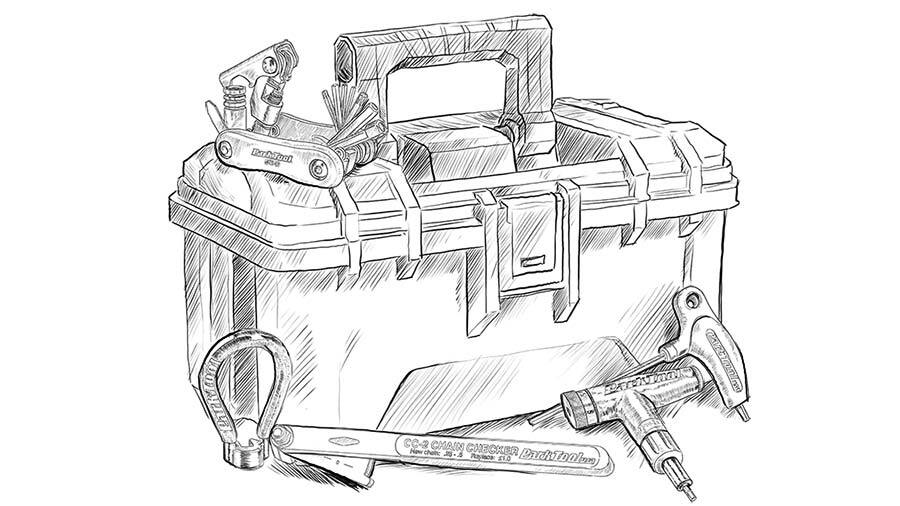As a cyclist, you quickly realize you need to adjust your headset, fix flats, and install parts like cassettes and chains from time to time. Sure, you can visit your local shop to perform these tasks, but the time lost off the bike, plus paying $10 or more to fix a flat or make other adjustments gets expensive fast, especially when you can do it for free.
And what happens when you are 30 miles from home in freezing temps with the sun going down and you need to fix your bike? No one enjoys being stuck on the side of the road. Practicing at home will hone your skills and prepare you to be self-sufficient, but you need tools for that. Let’s look at 9 tools every cyclist should own.
Tire Levers
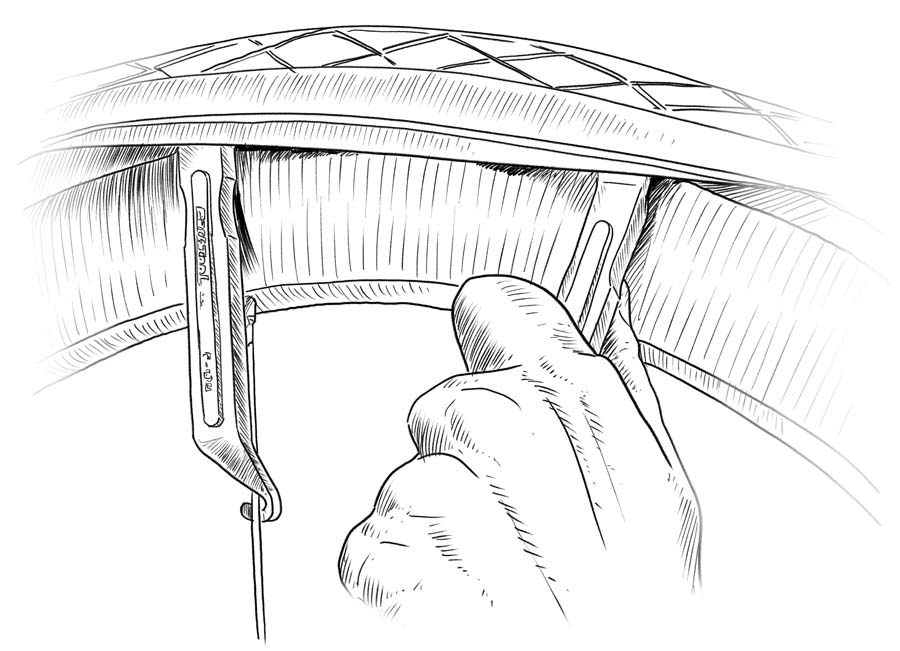
Tire levers are a must when fixing a flat. You use them to free the tire from the rim to access the inner tube after a flat, or to break the seal to add more tubeless sealant. Some tires with thick side walls and tight beads can be especially difficult to mount and remove. With the trend toward wider tires and internal rim widths, the process has thankfully become easier.
Do not use a metal screwdriver because it does a lot of damage to a composite or alloy rim. The best option is tire levers made of durable plastic. They store easily and snap together in packs of three, making them harder to lose. Usually one can do the trick, two if necessary, and the third in extreme cases. Quality levers from brands like Park Tool are sturdy and you can really get in there to free the rim.
If you wondered what the hook on the other end is for, it is to attach the lever to a spoke to hold the rim away from the tire. This gap is enough to insert a second lever to free the rest of the bead. You should have multiple sets of them. One with you in your saddlebag, and another one in your home.
Floor Pump
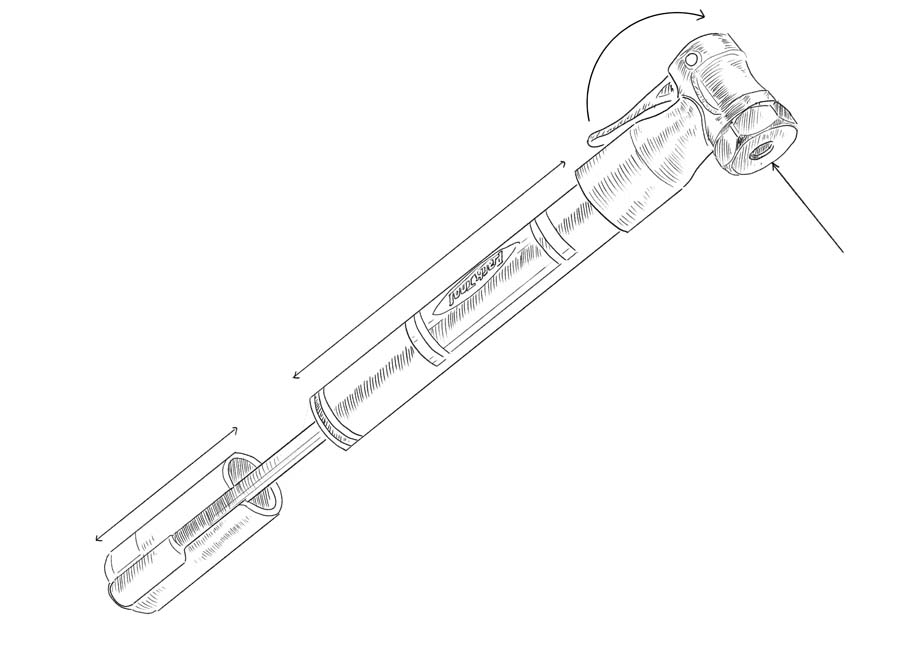
You should have a floor pump with a pressure gauge and a hose with a Schrader and Presta valve compatible head. Many novices use a mini-pump to fill their tires, but this is less than ideal since the air chamber is smaller, delivering less air with every stroke. You will need well over 90 strokes to fill the tire. No thanks.
Mini pumps have their place as they are lightweight and compact to fit in your back pocket or along your downtube under your water bottle cage. Most do not have a pressure gauge, but you just need enough air to get home. Press the wheel and tire into the pavement as you go to get a feel for the pressure.
A quality floor pump is an investment, but it will last for years, do the job quickly and its large gauge shows the pressure, usually in Bars and PSI (pressure per square inch). It doesn’t pay to skimp on price as lower-end pump gauges can be off by 10 to 20 PSI. High-end floor pumps have larger chambers to move more air with each stroke and bleed buttons to settle exactly on the PSI you need.
Multi-tool
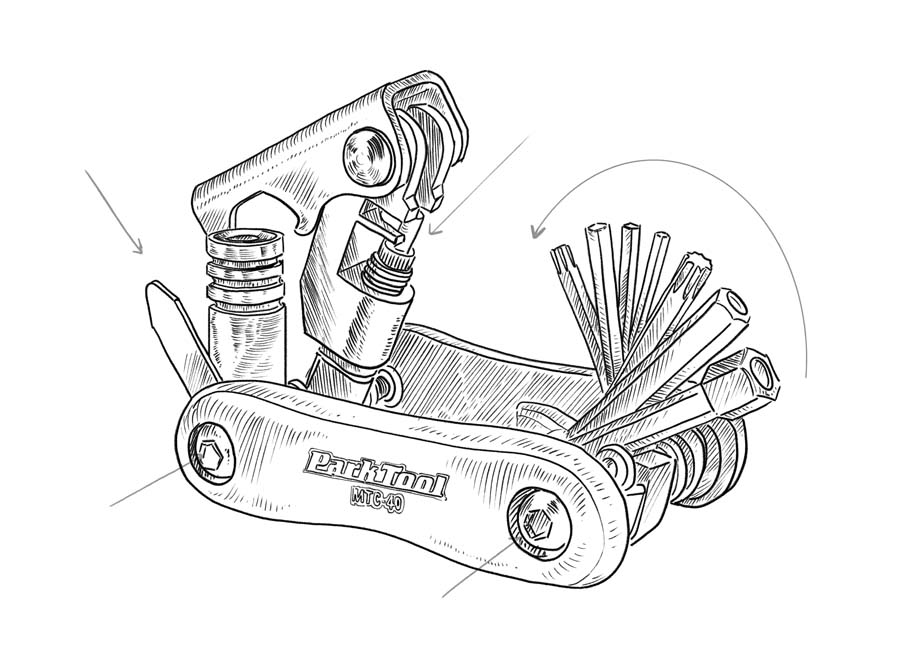
When your headset is loose or your handlebars slip, you need a tool to tighten bolts on your bike. Multi-tools vary, but most include at least 5,6 and 8mm Allen keys. Some come with chain breakers, a blade for cutting, and a few spoke wrenches. Buying a higher quality multi-tool will last longer and not damage your components.
Compact multi-tools are useful for on-the-go-maintenance and emergencies, and you can use them in your garage to fix common problems, but full-sized versions are more convenient, accurate, easier to manage, and simply feel good in your hands.
Torque Wrench
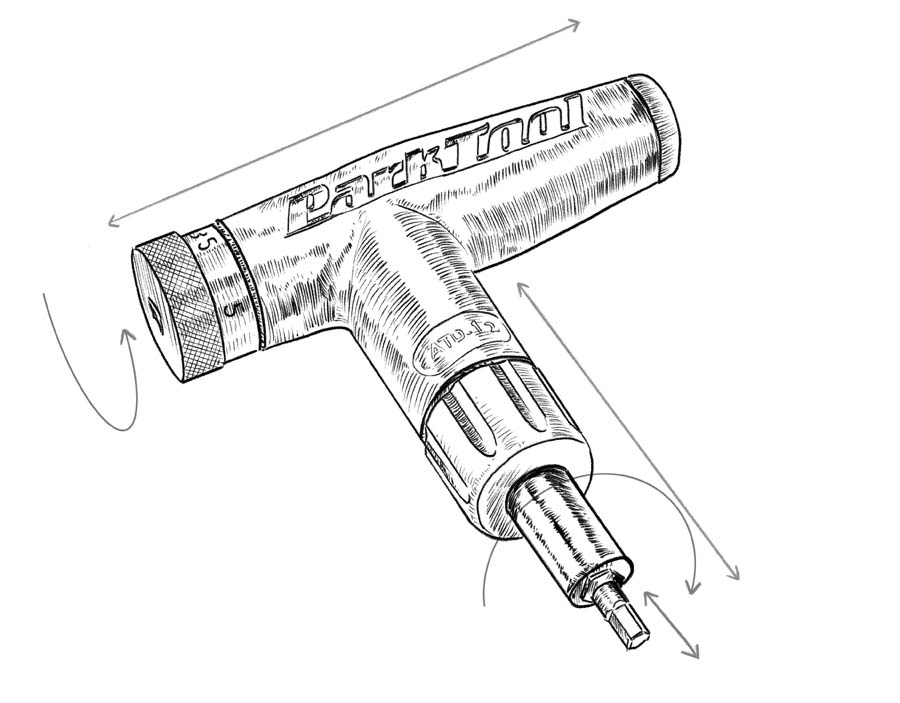
New cyclists may use a multi-tool to tighten their bolts. But, as you mature in the sport and gain knowledge, you will want and need to use a precision torque wrench to measure just how tight your bolts are. They are a necessity with higher-end equipment.
Today’s parts are not only lighter, but more fragile. Carbon and aluminum parts are easily damaged by tightening. A quarter turn too far and you can snap a screw head right off.
Manufacturer’s print the recommended torques next to the bolts in question (in Newton Meters (Nm)). Set the torque wrench to the exact number and eliminate any guesswork.
Always reset a torque wrench gauge to zero after use or they lose their accuracy. They should also be regularly checked and re-calibrated to ensure an accurate reading.
Chain checker
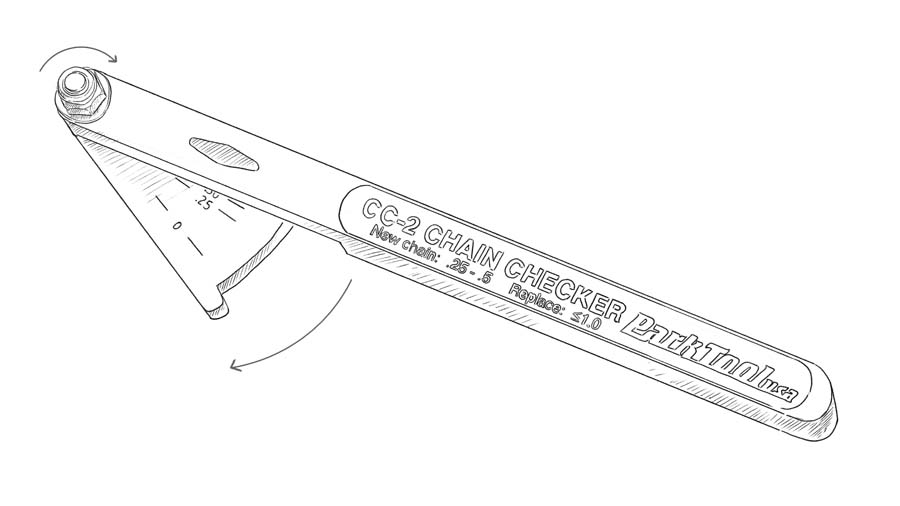
Periodically checking your chain for wear is one of the most important ways to extend the longevity of your bike’s drivetrain. A worn chain can damage more expensive components of your bike such as the cassette and crankset. By checking your chain with a dedicated tool, you save yourself the expense of replacing the more expensive components and the annoyance of poor shifting.
If you’ve neglected your chain for too long and it is outside of the manufacturer’s recommended wear limits, your cassette may also now be out of commission. Poor shifting after the installation of a new chain is a common symptom. You need to replace the cassette as well to restore proper shifting.
Chain Breaker
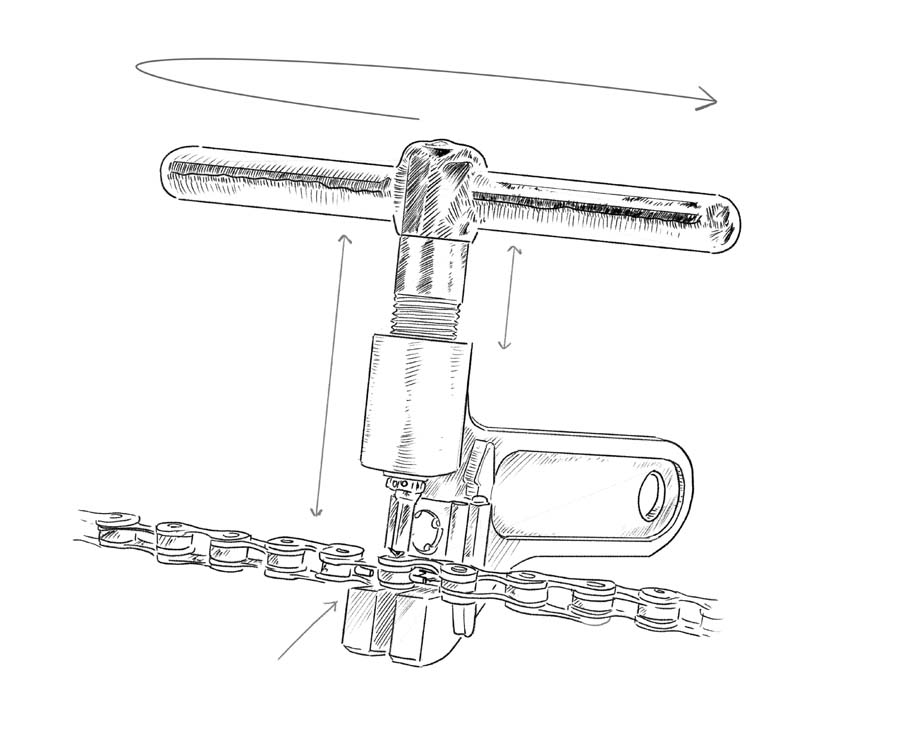
A chain breaker pushes the pins that hold the links of the chain together free, breaking the chain open to remove it from your bike. Quick links have replaced some of the need for chain breakers, but you still need one when it comes time to install a new chain.
Bicycle chains are longer than you need out of the box. Line your old chain next to the new one and identify how many links you need to remove from it to match the length. Use the chain breaker for the occasion, but finish the job with a quick link. You may need to remove one additional link to make up for it.
Chain whip and cassette tool
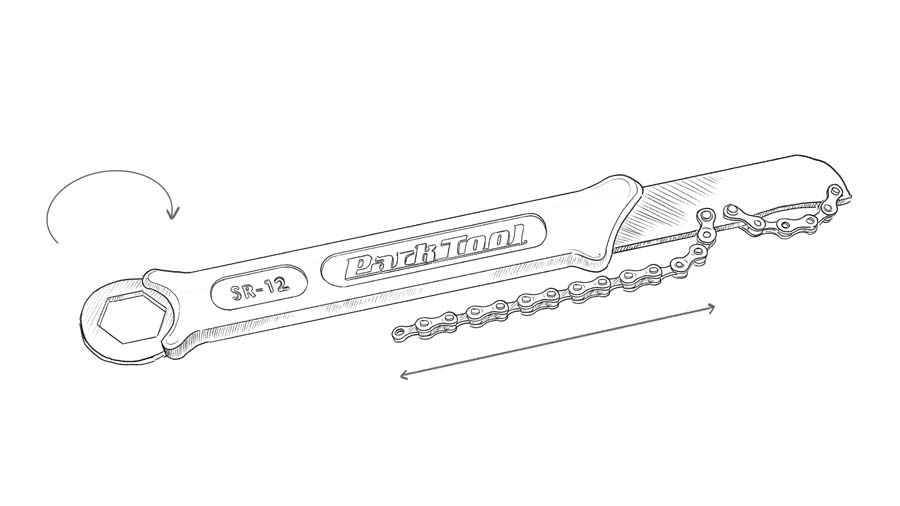
Advanced cyclists can change their gearing to match the terrain they ride. The cassette needed for the Mont Ventoux or the Rocky Mountains isn’t the same as their everyday loop. Cassettes are easily changed with a chain whip and a cassette tool. The whip holds the cassette from moving while you turn the cassette tool with a separate wrench to loosen the cassette’s lockring that secures it onto the freehub.
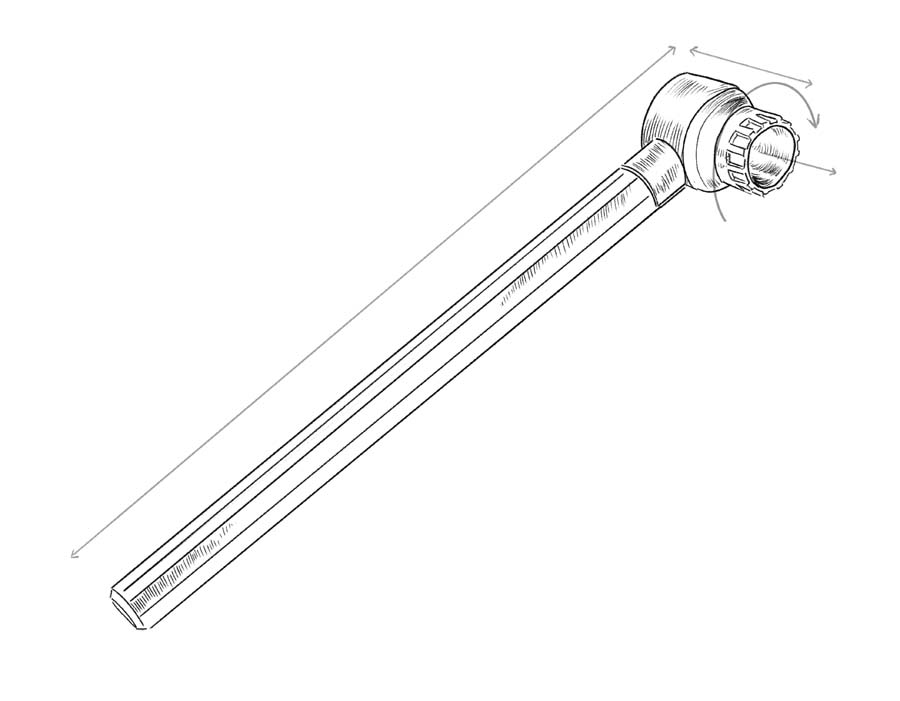
Once free, you remove the cassette and replace it with another one before re-tightening the lock ring. Not all cassette tools are the same, they are brand specific (Shimano/SRAM or Campagnolo). Chain whips are less problematic, yet the speed of the chain on the whip needs to match that of the cassette, or it won’t catch and hold.
Allen Keys and a T25
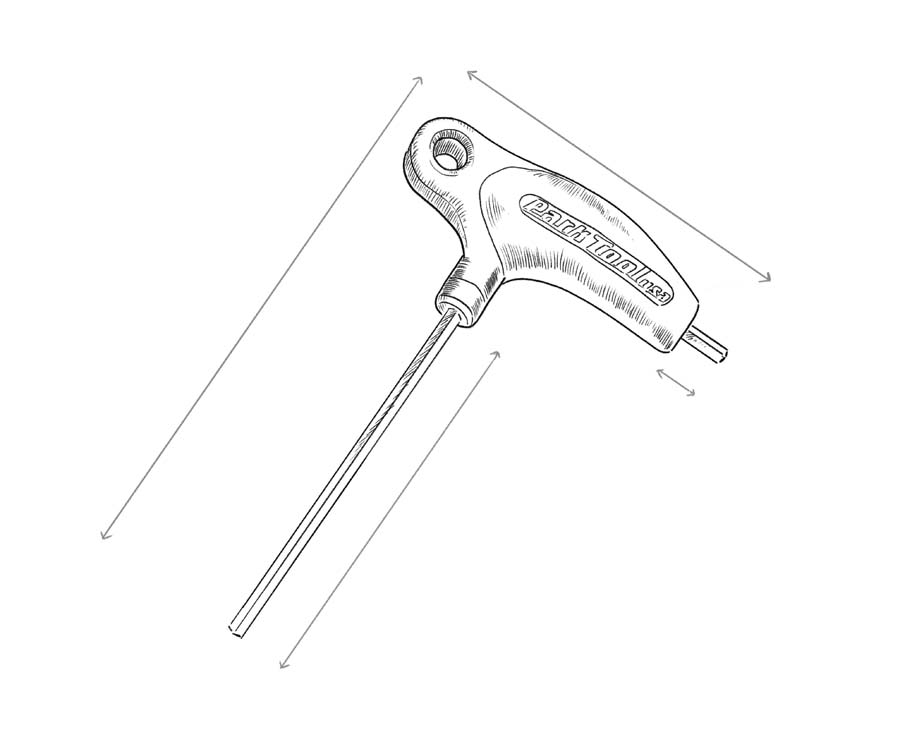
A few Allen Keys come on any multi-tool worth its weight, but they are compact for emergency situations. Trying to work with them regularly quickly becomes a nuisance, and your multi-tool may not include all the sizes you need.
Treat yourself to a full-sized set that includes a T25 (Torx25) for that special bolt with the star-shaped crown. A full-set also includes ball-end keys that allow you to tighten and loosen the bolts with a simple turn of the wrist; much more convenient than constantly removing and replacing the hex head in the bolt.
Spoke wrenches
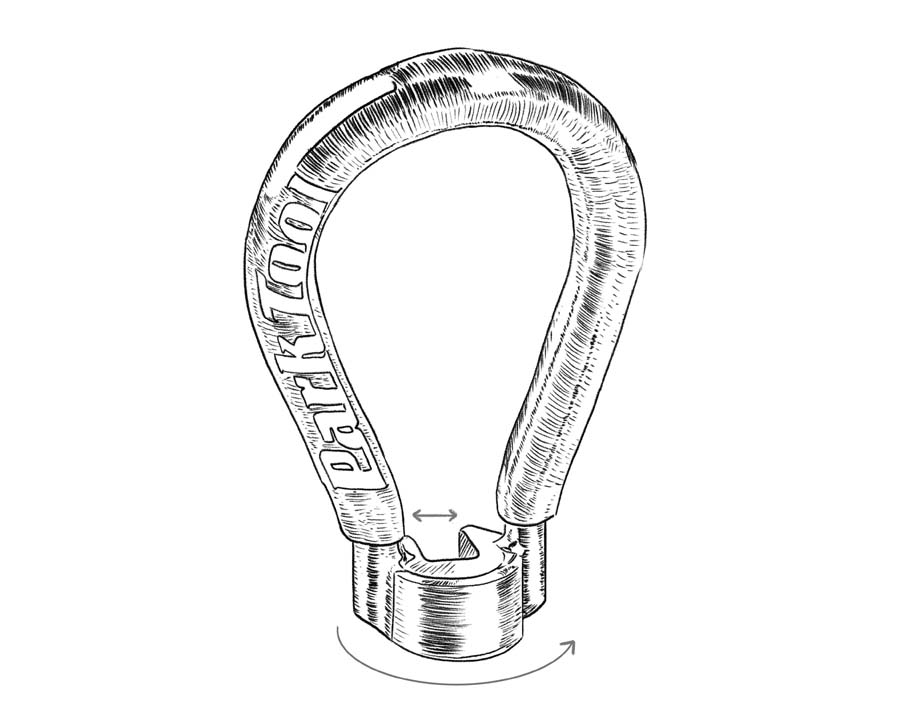
The last tool to make the list is a spoke wrench. They come in various sizes, but it takes years of practice to develop the skill necessary to use them successfully. We won’t go further on the subject, but spoke wrenches are a common tool found in a cyclist’s tool box.
The quality of today’s pre-built wheels are excellent, requiring less intervention and maintenance, and thus no spoke wrenches. Nipples that hold the spoke to adjust the tension can also be located inside the rim, under the rim strip, requiring other speciality tools.
If in doubt, head to your local professional for the work you need. It’ll save you time and a lot of frustration. If you want to learn more, get yourself a truing stand and practice on an old set of wheels.
